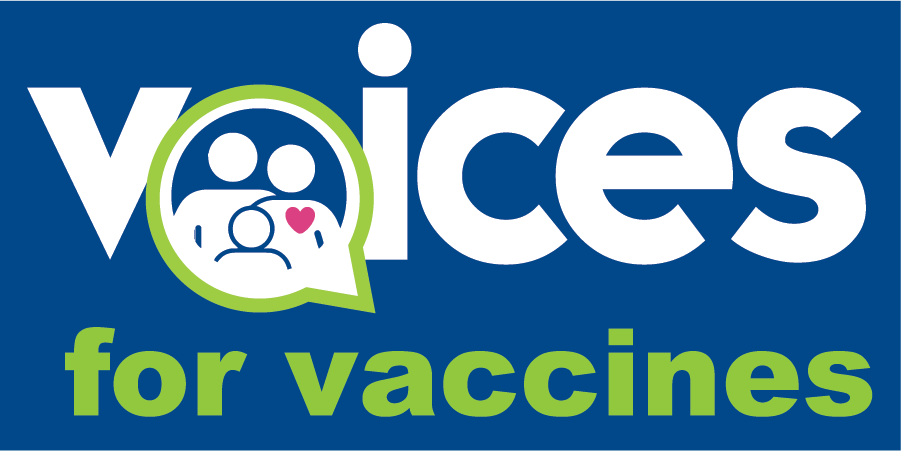Disinformation
Types of False Information
There are three types of false information:
- Misinformation: unintentional mistakes.
- Disinformation: false or inaccurate information designed to deceive.
- Malinformation: information designed to harm such as publishing private information or falsely characterizing vaccines as part of a plan to depopulate the world.
The majority of vaccine-related inaccurate information falls into the disinformation category. Typical types of disinformation include misrepresenting or purposefully misinterpreting scientific publications, making false claims that are backed by pseudo-science and non-credible sources or individuals.
How does vaccine disinformation spread?
While the content creators of disinformation know they are creating inaccurate or false information, the majority of the people who share it do not know the information is untrue. This is how disinformation spreads. The information is written or packaged to look credible, so unsuspecting people believe it to be true and share it. Their friends share it and so on. Unfortunately, the more times people hear something, the truer it seems even if the facts don’t add up.
Social media is the primary spreader of disinformation. Alarmingly, many people do not read an article before sharing it on social media. Recent studies show that about 60% of people share content that they haven’t even clicked on themselves.
What's the problem with doing my own research?
Today, we regularly hear someone say, “I don’t trust what I hear, I do my own research.” That sounds like a great idea, right? Wrong!
Unless you’re a researcher by education and experience, it’s more likely you will fall prey to confirmation bias than uncover the facts. Confirmation bias is when we search for and recall information that confirms our existing beliefs. A trained researcher understands how to avoid different biases and is trained to follow the evidence rather than find information that supports their beliefs. Additionally, it is easy for most of us to misinterpret the data.
It’s important to be informed and to ask questions but we also need to trust the experts. If you’re not a cardiothoracic surgeon, you’re not going learn what you need to know to fix your heart from a Google search or YouTube video. It’s the same with vaccines.
Why do people believe vaccine misinformation?
Misinformation is designed to deceive so the people who create untrue content work hard to make it believable. Often misinformation starts with a kernel of truth, like a link to a credible source, but then the misinformation takes a sharp turn by misinterpreting the truth.
Another tactic used to make misinformation believable is to package it so it looks very similar to truthful information. It used to be that printing and distributing content was expensive so only credible organizations had the funding to do it. But with the internet, anyone with a computer can create and widely disseminate misinformation. Because it is the same channel where legitimate information is found, recognizing the difference can be very hard.
Why is there so much vaccine disinformation?
Three common reasons for vaccine disinformation include:
- Profiting from selling an alternative: Most anti-vax influencers and organizations sell alternative health products including essential oils and supplements. They have a strong financial incentive to cast doubt about vaccines.
- Trying to make sense of a tragedy: The death of a child is an unimaginable tragedy. Most often, doctors can explain the death but sometimes answers are less clear. Understandably grieving parents will try to make sense of their loss and look for answers. Despite the decades of evidence proving vaccines are safe, some parents will blame vaccines.
- Misinterpreting risk and making poor health decisions based on bad calculations: It is important to provide ALL the information for parents to make informed and educated decisions about their children’s health, including vaccine benefits and risks. Like anything in life, vaccines have risks but they are infinitesimally small and less severe than the risks of the disease. But because vaccines have done such a good job, many parents have never seen the diseases that vaccines protect against so parents have trouble weighing the real risk of the disease against the risk of the vaccine.
How do we combat vaccine disinformation?
Get your information from credible sources (see the sidebar “Who to listen to…”)
- Use Facebook and other social media for fun, not information
- Think critically:
- Who is the author? What are their credentials? Are they trying to sell you something?
- Is the content legitimate? Look at its sources – are they real? Are they credible?
- Is the content biased? Does it conform a little too perfectly to your beliefs?
- Browse our Family Advocacy and Vaccine Hesitancy toolkits to learn more about understanding vaccine hesitancy, talking with vaccine hesitant people, and social media advocacy.
- Subscribe to the Just the Facts: Correcting this week’s misinformation newsletter.
Where can you find out more about spotting or reporting misinformation?
These organizations are vaccine experts and can provide credible information:
How do I know this information is credible?
We work for parents so we make sure that parent concerns are addressed using facts and science and our content is reviewed by experts who have spent their careers studying vaccines. Learn more about how we ensure we are bringing you the best information to help you make healthy choices for your family.
When it comes to your children’s health, you want expert advice to ensure you are doing what is best. So who are the experts?
They are the doctors, scientists, and public health professionals who have spent their careers studying vaccines.
So talk to your healthcare provider and look at credible websites from legitimate sources, but be wary of individuals who are not experts. You would not let a heart surgeon repair your car’s engine, or let a mechanic repair your heart so why take chances with your child’s health?
Here are some credible online sources for more information:



